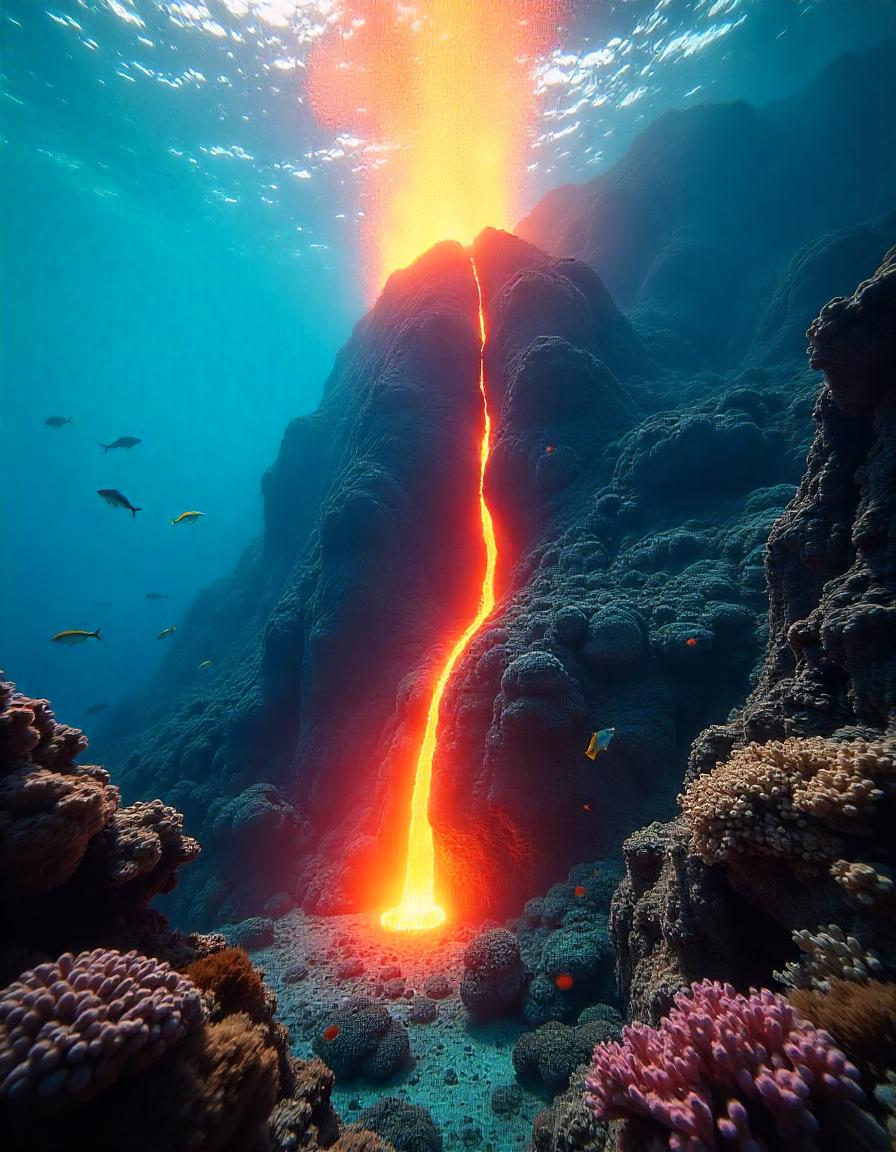One might assume that a volcano, even an underwater one, would be a hostile environment for life. Yet, the Borealis Mud Volcano, located in the Barents Sea, defies expectations, serving as a vibrant sanctuary for a diverse array of marine species.
Discovered in 2023 by researchers at UiT The Arctic University of Norway, the Borealis Mud Volcano quickly captivated the scientific community with its striking imagery. Now, a new study published in Nature Communications reveals the volcano’s true significance: a unique ecosystem teeming with life.
While parts of the crater floor appear barren, the volcano’s ancient carbonate crusts – formed over millennia – provide a stable foundation for a thriving community. Anemones, serpulid worms, sponges, and even delicate octocoral colonies have colonized these hard surfaces.
Beyond providing a habitat, the carbonates play a crucial role in supporting local fish populations. The researchers observed large schools of commercially valuable fish, such as saithe, as well as demersal species like spotted wolffish, cod, and redfish, congregating around these formations.
“The redfish, for instance, is a species of conservation concern,” explains Professor Giuliana Panieri, lead author of the study. “Borealis provides a vital refuge for these species, allowing them to thrive and flourish. Protecting ecosystems like this is crucial for maintaining biodiversity and understanding the intricate interplay between geology, geochemistry, and biology in the marine environment.”
During a 2024 research expedition aboard the Kronprins Haakon, scientists used the ROV Aurora to delve deeper into the volcano’s secrets. They discovered that the volcano significantly warms the surrounding seabed, reaching temperatures of 11.5 degrees Celsius compared to the typical 4 degrees. Moreover, the presence of extensive carbonate deposits indicates that methane has been seeping from the volcano for thousands of years, as evidenced by the discovery of sediments containing extinct microorganisms dating back 2.5 million years.
“The Borealis Mud Volcano is a truly remarkable geological and ecological phenomenon,” emphasizes Professor Panieri. “It underscores the importance of protecting these unique habitats, which play a vital role in maintaining marine biodiversity.”
This research highlights the significance of international collaboration in advancing our understanding of the ocean. Norway’s commitment to the 30×30 target – protecting 30% of land and sea by 2030 – is crucial for safeguarding these vital deep-sea ecosystems. By protecting large areas of the deep-sea floor, we can ensure the long-term survival of these unique habitats and the diverse life they support.

